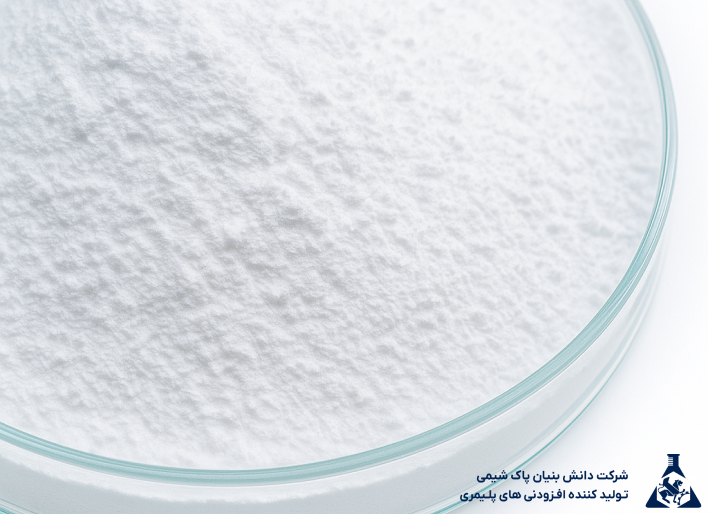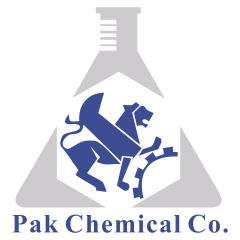Calcium Stearate ranks among the most widely used chemical compounds in industry. Manufacturers use it as a lubricant, thermal stabilizer, mold release agent, and functional additive across many sectors. This compound combines stearic acid and calcium to form a salt. It appears as a white, odorless, waxy powder in the market. Due to its high stability against heat and humidity, as well as compatibility with polymers and other additives, it has a special place in the plastics, pharmaceutical, cosmetic, construction, and paint industries.
Composition and Physical and Chemical Properties of Calcium Stearate
Producers create calcium stearate by reacting stearic acid with calcium compounds like calcium hydroxide. This compound is insoluble in water and alcohol, but soluble in some mineral oils, hot aromatic solvents, and waxes.
Key Features
- Appearance: White, waxy powder
- Odorless
- Insoluble in water
- Resistant to high temperatures
- Non-toxic and physiologically safe
Application of Calcium Stearate in the Plastics and PVC Industry
One of the most important and widely used applications of calcium stearate is in the plastics industry, especially PVC. In this industry, calcium stearate is added to the formulation as a thermal stabilizer to prevent polymer degradation during thermal processes such as extrusion and injection. It also acts as an internal and external lubricant by reducing friction between materials and equipment.
Combining calcium stearate with other salts such as zinc or barium stearate enhances the stabilizing properties and optimal performance in the production processes of PVC products such as pipes, windows, flooring, cables and building profiles.
Pharmaceutical and Cosmetic Applications of Calcium Stearate
- In the pharmaceutical industry, calcium stearate is used as an anti-adhesion agent in the tablet compression process. This compound prevents pharmaceutical materials from sticking to machines and molds and at the same time is compatible with the human body.
- In cosmetics and health products, it is also used as an emulsifier, lubricant and dispersing agent in creams, powders and cosmetics, and improves the quality, softness and stability of the final product.
Role in the construction industry
- In the construction industry, this compound acts as a hydrophobic agent and is used in the formulation of building materials such as plaster, concrete and cement. The presence of calcium stearate in building compounds reduces water absorption, prevents moisture penetration, and increases the durability and resistance of the structure to environmental conditions.
Application in the rubber, paint and coating industry
- In the rubber industry, it acts as a softener, lubricant and mold release agent. This compound improves the rubber forming process and prevents adhesion to molds.
- In the paint and coatings industry, this substance is used as a smoothing, sealing and stabilizing agent, which improves surface properties, uniformity and resistance to environmental factors.
Advantages and benefits of calcium stearate in industrial processes
- High thermal stability
- Insoluble in water, ideal for humid environments
- Environmentally and human body friendly
- Excellent lubricant for polymers, rubber and chemicals
- Reduces adhesion in the molding and compression process
- Increases the final product quality and reduces production waste
It is a key and strategic additive in many modern industries. This compound, with its properties such as high stability, harmlessness, lubricating properties, and compatibility with various materials, is considered an essential element in the production of plastics, medicines, cosmetics, building materials, and other industrial products. With the development of new technologies and the increasing importance of productivity in production, the demand for Calcium Stearate continues to increase.

Read more:
